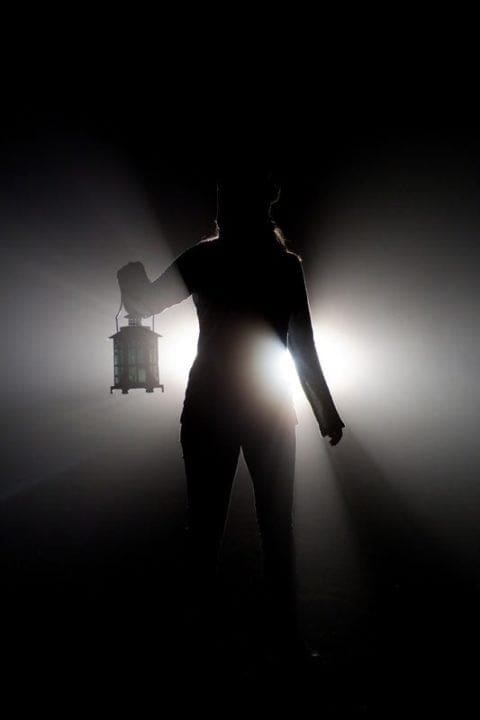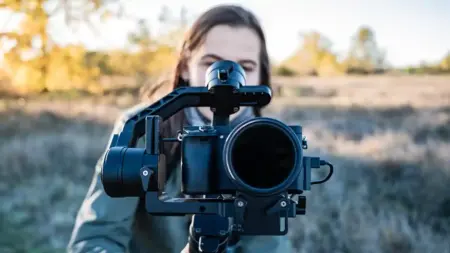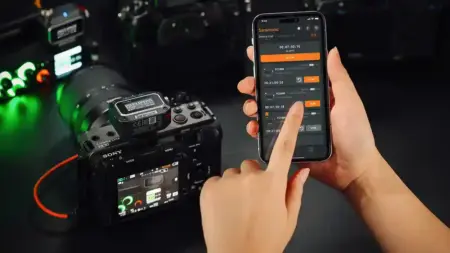Halloween is just around the corner and offers numerous opportunities to get creative with your night photography. In this quick tutorial, Ioana Grecu, a professional photographer with the stock agency Dreamstime shares her best Halloween photography tips for making your images more unique.

01 Paint with light
Use a white light flashlight (the kind you’d take on a scout’s trip) to ‘light paint’ your scene and subject while using a long exposure (30 seconds, 1 minute or go for even more if the night is suitably dark, a 10 minute exposure will give you time to cover a lot of ground).
Make sure you wear black head to toe if you intend to go in the ‘picture’ while doing the painting so that you don’t actually appear in the final product.
This technique will work well on static shots but you can have human subjects as well, they just need to stand still while you ‘paint’ them. You can even use the same subject in more than one places in the same image, now that is spooky!

02 Play with light
Use of flash lights from below your subject will give the impression of light coming from the ground. You can disguise the light in the scene with fallen leaves.

03 Shoot the moon
If you plan to shoot a scene with a full moon, make sure the exposure is set right and add flashes. You don’t want the moon to be too overexposed (or seem like it’s moving) and your subject underexposed.
Take test shots to see which exposure/iso/aperture work best for your idea. Usually the exposure time should be pretty short, 1/125 to 1/50 or even 1/30s.
Aperture has to be set in accordance to the effect you’re looking for. If you want to have DOF, go for wider, but a more closed aperture will allow the moon to be clear as well. ISO will be set in accordance to the other two settings.
Move the flashes around to make sure you give that 3d feeling to your photo and not end up with a flat looking image with the moon hanging from the sky, also, while doing this test which flash power setting to use as well.
These will all be interdependent so be sure you get them right. Bring your laptop with you and check the images at full size to avoid unwanted and unnecessary surprises.

04 Create long shadows
Adding a flashlight behind your subject while using smoke or working on a particularly steamy night will give you long shadows and that eerie, spooky look you sometimes see in horror movies.
Make sure that your subject does cover the light so that you don’t end up with unwanted flares instead of a nice silhouette.
READ MORE
8 night photography tips you’ll use forever
5 quick fixes to improve long exposures





Leave a Reply